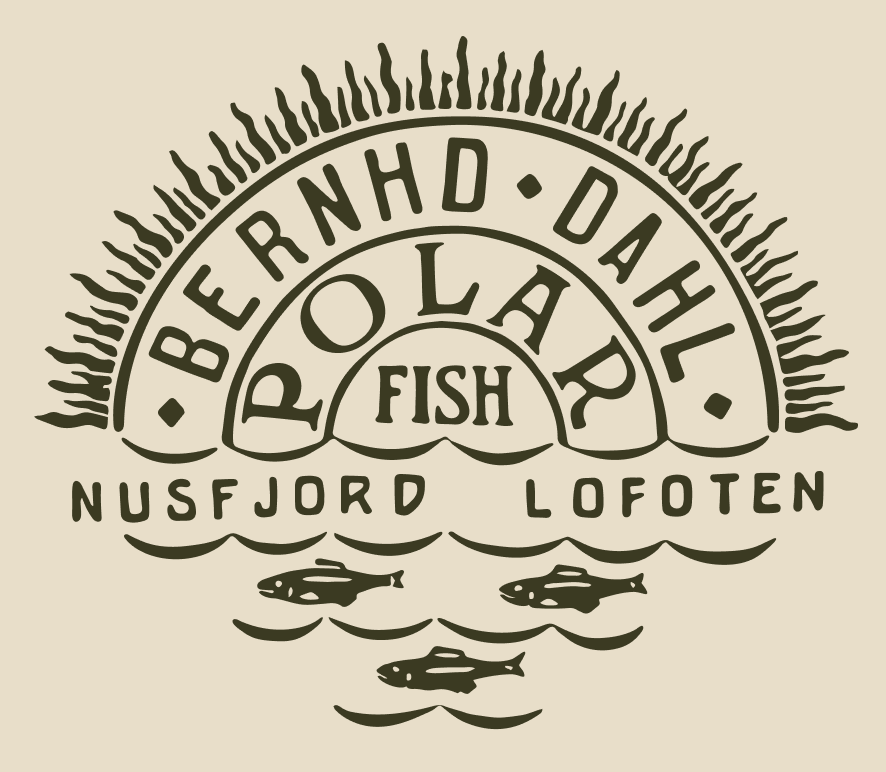“Rorbuer” has a history that is deeply rooted in Lofoten's fishing culture. Living in a rorbu is an experience of northern Norwegian culture and history.
Would you like to spend the night in an authentic rorbu and experience part of Lofoten’s history? We have 23 first-class “rorbuer” at our disposal, all of which were originally a traditional rorbu. But what exactly is a rorbu?
A rorbu was originally a seasonal residence for fishermen, usually located in a fishing village. In the past, the fishermen had open boats and needed a place to live, then these were built to house the seasonal workers who came to fish. Many had heard of the valuable winter fishing in Lofoten and came in open rowing and sailing boats to fish. The history of the rorbu is deeply rooted in Lofoten’s fishing culture and the first rorbu in Lofoten was built by King Øystein in the 1120s. The rorbu could belong to the fishermen themselves, or they could belong to the owner of the fishing village. There were usually two «boat teams» in each rorbu, the boat team being the crew of the fishing boat.
In the rorbu there were beds, space for cooking and equipment. They consisted of two parts, a living part and «burommet». «Bu» means a small house, while «Ror» comes from the word row. These small houses were built down by the water to make it easier for the fishermen to transport equipment from the boat to the housing.
As the need for residentials is no longer the same, many are now modernized and can be rented for accommodation when you visit Lofoten. The most common color of a rorbu is red or ochre, which were home-produced natural colors and the exterior of the rorbu has been well preserved. When you book a stay at Nusfjord Arctic Resort, you can stay in a rorbu with a lot of history in the walls.


